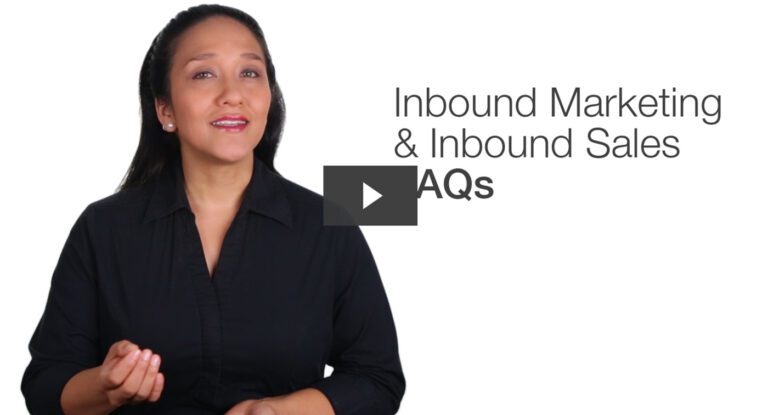Content marketing that isn’t personalized for buyer personas and informed by data-driven market research is costing you conversions. While many marketing executives know, in theory, that serving up the right message when prospects are ready for that message is the holy grail, many still struggle to get the timing right.
An Intriguing Paradox
You would think that since 80% of smartphone users employ their smartphones for retail purchases, marketing executives would have a leg-up in deciphering when customers are ready to pull the trigger. Knowing when prospects are ready to commit would tell you at which phase of the buying cycle that prospect was at and how to effectively close the deal with a conversion.
The truth is that traditional personalization has actually created a bunch of moving targets for marketers to take aim. Since prospects might interact with your company’s brand multiple times a day—perhaps even at different stages of the buying cycle as they learn more about your brand—and on multiple devices, figuring out exactly how to tailor your message to snatch up the conversion can be challenging—to say the least.
It’s already common practice for marketing executives to tailor their content assets to nuanced buyer personas. Over four-fifths of marketing executives already admit to doing so in light of the fact that 74% of customers shopping online get flustered and put off when they get shuttled to content that has little (if anything) to do with their interests.
Expanding on Marketing Automation
There’s still a place for marketing automation and personalized email marketing campaigns that send reminders to customers based on their recent purchase history, personal characteristics, and specific interests.
The trouble with traditional marketing automation, though, is that it hasn’t always been responsive to emerging technologies and it’s too often been relegated to email marketing campaigns. You need marketing automation that can customize your message based on the device that customers are viewing you from as well as marketing automation that goes beyond, yet complements, email marketing campaigns.
Dynamic Website Personalization
Dynamic website personalization can fill that void in a few ways. Remember that nothing turns off customers more than an email that seems just right for them—brought about on your end by automated email marketing—that fails to deliver the goods by dumping them off at a lackluster, generic website. Ideally, you would want your email marketing to be as intelligently automated and customer-specific as your website content itself, right?
Dynamic personalization, by definition, is content that intelligently adapts to the context. This goes far beyond delivering a responsive website to ensure that customers have more cross-device compatibility: dynamic personalization takes into account consumer tendencies across every possible channel so that no stone is left unturned.
Personalization has always meant factoring in consumer data (e.g., demographics, psychographics, and especially context) to present a more personalized, meaningful experience for your customers. Dynamic website personalization takes this concept and runs with it: dynamic website personalization involves delivering personalized offers, customized images, and tailor-made calls-to-action all in order to enhance your conversions. It’s a win-win for your company and customers.
Dynamic website personalization is an ongoing renaissance in marketing automation because it factors in prospects’ site-specific and general patterns. These patterns include personal demographic and psychographic characteristics like age and gender (demographics) as well as hobbies and interests (psychographics).
You’re additionally factoring in your prospect’s location, their buying cycle and other critical factors. Three of the biggest factors that dynamic website personalization also considers are (1) the device(s) that prospects are using to access your brand, (2) context, and (3) real-time behavioral changes. You’re probably thinking all of this is old hat and been done for years.
Device-specific
Not true. Since dynamic website personalization seamlessly tailors personalized content to customers on different devices—whether a PC, smartphone or tablet—and keeps it responsive.
Context-specific
What’s possibly more impressive about emerging technologies that are facilitating dynamic website personalization is that they can factor in context as well.
This means that the marketing automation software can stay on its toes and send customers different content based on whether they’re viewing your site from a social media marketing campaign, search engine, or email marketing initiative.
Behavior-specific
The piece de resistance, if you will, of dynamic website personalization is that it constantly considers the behavior of prospects. This translates to content that can change second-to-second based on prospects’ historic and current tendencies.
What are the advantages to personalizing your message on a second-to-second basis? You save time, money and energy thanks to automation, actually make more revenue thanks to presenting more relevant web content while gaining conversions late in the buying cycle, and create more trust with customers in the long term. That’s not a bad position to be in.
Subscribe to our BLOG
Stay in touch & learn how to attract customers, become a thought leader, create effective marketing campaigns, & more.





